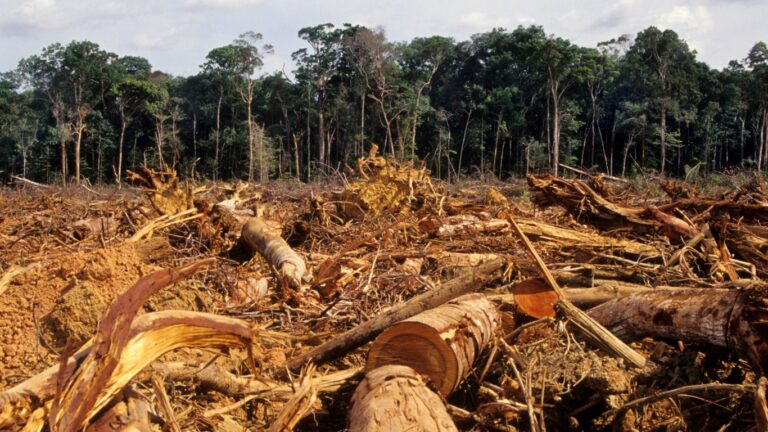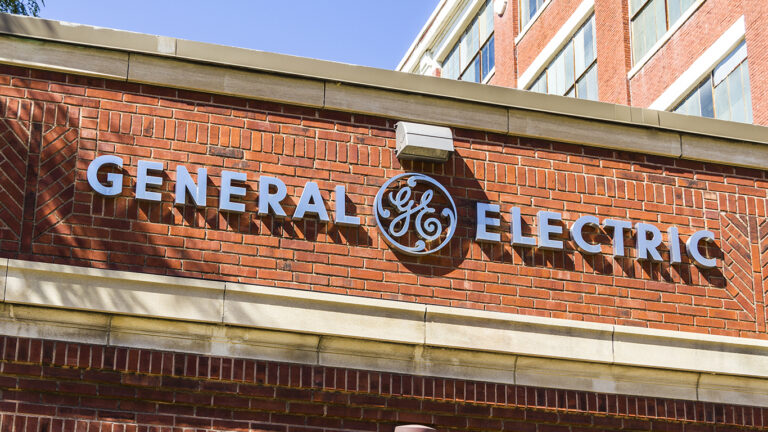Methane’s a huge menace, but these little guys can turn it into fertilizer. Organic fertilizer.

Who woulda guessed it? Yes, the latest hope for controlling methane — the noxious byproduct of, chiefly, fossil fuel production and farming — is billions of microbes that turn the planet-warming gas into fertilizer!
The tiny-creature technology could be vital to slowing climate change because methane is more than 80 times more potent than carbon dioxide during its first 20 years in the atmosphere.
READ MORE ABOUT DEADLY METHANE: Europe Targets The Methane Villains
READ MORE ABOUT DEADLY METHANE: The World’s Glaciers And Ice Sheets Are Belching — And That’s A Big Problem
At present, the methane-munching microbes’ biggest potential appears to be in agriculture, where the belches and farts of farm animals, particularly beef and dairy cattle, produce almost 15% of global greenhouse emissions.
“It’s particularly hard because agriculture is so important, and we all need to eat,” said Stephanie Díaz, an associate on BloombergNEF’s technology and innovation team said. “But it’s such a diffuse set of producers who are working on thin margins, [so] it’s hard to get change when that’s your market condition.”
And it’s a sector that’s beginning to attract considerable investment, with a startup call Windfall Bio having raised $28 million in Series A funding by climate-focused San Francisco-based investor Prelude Ventures, the outlet reports, with high-profile backers including Amazon’s Climate Pledge Fund and Bill Gates’ Breakthrough Energy Ventures in on the action.
Founded in 2022, the San Mateo, Calif., company sells methane-eating microbes, known as mems, to big methane producers, including farms, waste treatment facilities, landfills and oil and gas producers. The startup is currently testing its technology with customers that include Whole Foods, which provides Windfall access to its network of dairy farmers.
The company’s co-founder and CEO, Josh Silverman, told Bloomberg that methane “has been a huge blind spot,” and mems can be one way of transforming the harmful emissions into a useful substance and revenue stream. He compared the microbes to yeast, with mems eating methane the way yeast likes to eat sugar. The energy that the mems derive from the methane is then used to pull nitrogen out of the air, creating an organic fertilizer.
From small beginnings, big things sometimes grow. Let’s hope this is one of them.
More from ClimateCrisis 247
- Private Jet Emissions The Same As 177 Cars
- Fight To Save Climate Is Falling Apart
- Bottle Caps Spread Microplastics To Humans
- Eating Termites Will Help The Environment






